Just the word Kitzbuhel conjures images of the scariest, hairiest downhill race on the circuit, but as a ski resort this Tyrolean treasure offers far more than just the horrors of the Hahnenkamm.
Every January, huge crowds flock to the chocolate-box Austrian town to soak up the high-speed thrills and spills taking place up on the steep, icy, bumpy Streif piste.
The no guts, no glory event attracts a huge influx of visitors and the party scene is huge, spilling into the cobbled streets, with the jet set and celebrities rocking up for a slice of the action. Arnold Schwarzenegger is just one of the regulars.
“Many of the athletes fall but they are not losers,” Schwarzenegger told CNN’s Alpine Edge in the finish area in Kitzbuhel.
“Losers are the ones that stay down, winners always get up. Those guys are tough guys, great athletes, they will always get up and they’ll be back.”
But away from Hahnenkamm week, classy Kitzbuhel is one of the prettiest ski resorts in Europe, with a charming, car-free medieval center surrounded by the soft, seductive peaks of the Wilder Kaiser Mountains about 60 miles east of Innsbruck in Austria.
Here’s the lowdown on Kitzbuhel, the ski resort.
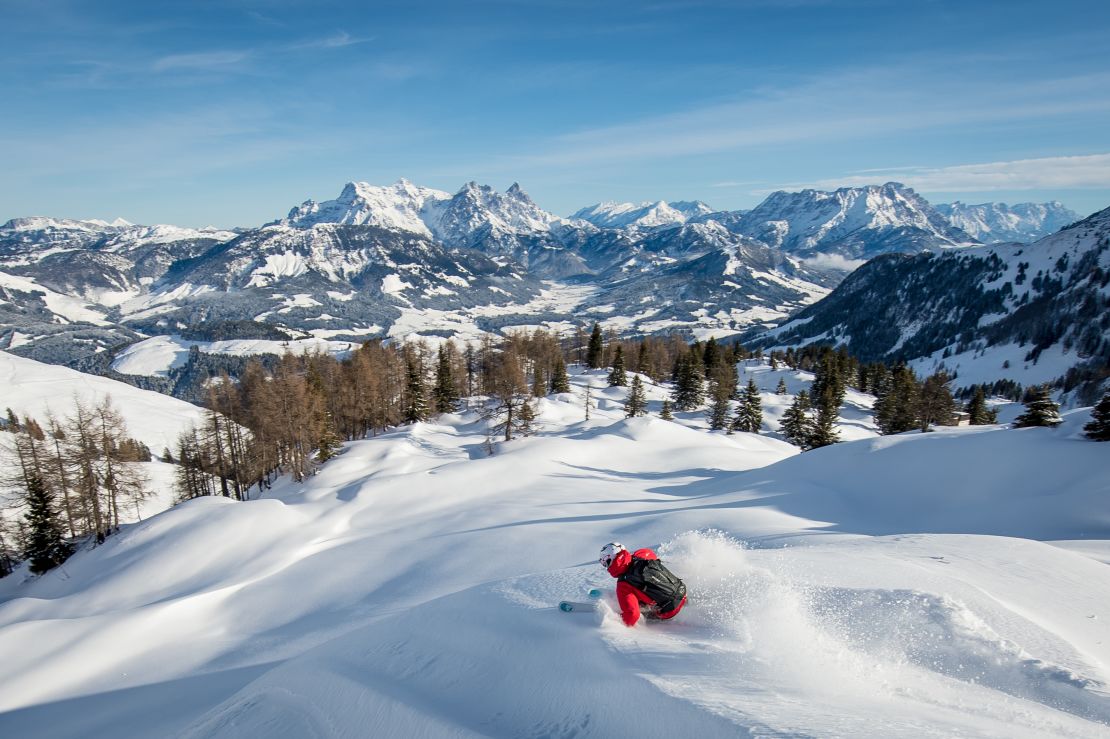
The ski area
Kitzbuhel shares the bulk of its ski area with neighboring Kirchberg with a total of 54 lifts and 179 kilometers of groomed slopes spread over the Hahnenkamm mountain, the smaller Kitzbuheler Horn, and the crumpled folds of Jochberg, Resterhohe and Gaisberg.
Together, it makes up one of the largest ski areas in Austria with seemingly endless intermediate terrain, plus some excellent off-piste, stretching from 800m to a high point of about 2000m.
For the acrobatic youth, there is a world-class snowpark at Pass Thurn, plus 40 kilometers of groomed cross-country tracks for a leisurely ski amid a winter wonderland, or a hard, head-down workout depending on your pace.
The 3S cableway that connects Kitzbuhel with the Jochberg ski area broke two world records when it opened in 2005: the highest aerial ropeway above ground at 400 meters; and the longest unsupported span of 2507 meters, in a total distance of 3600 meters above a wooded gorge.
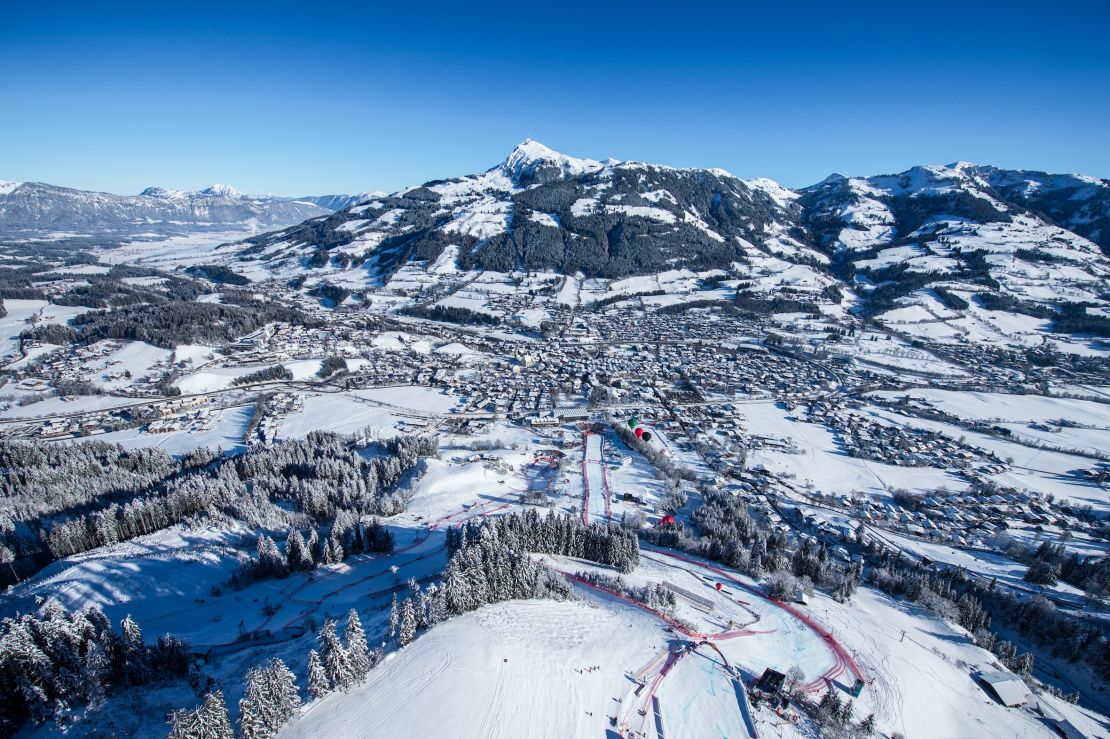
Skiing began in Kitzbuhel in 1893 with a descent from the Kitzbuhler Horn. The first race on the Hahnenkamm was held in March 1931. By the end of the 1940s the course was rerouted down the Streif and Ganslerhang pistes to form the basis of today’s infamous track.
Ambitious intermediates and above can tackle the run for themselves out of competition week, from the start house near the top station of the Hahnenkamm cable car.
The famous sections such as the 80-meter, 85% gradient of the Mausefalle jump, the steep Steilhang and the Hausbergkante jump are marked “extreme ski routes” as they are often very icy.
The “Family Streif” offers a more sedate alternative, missing some of the extreme sections but still offering a flavor of the famous track as you descend back to town on the run marked “Red 21.”
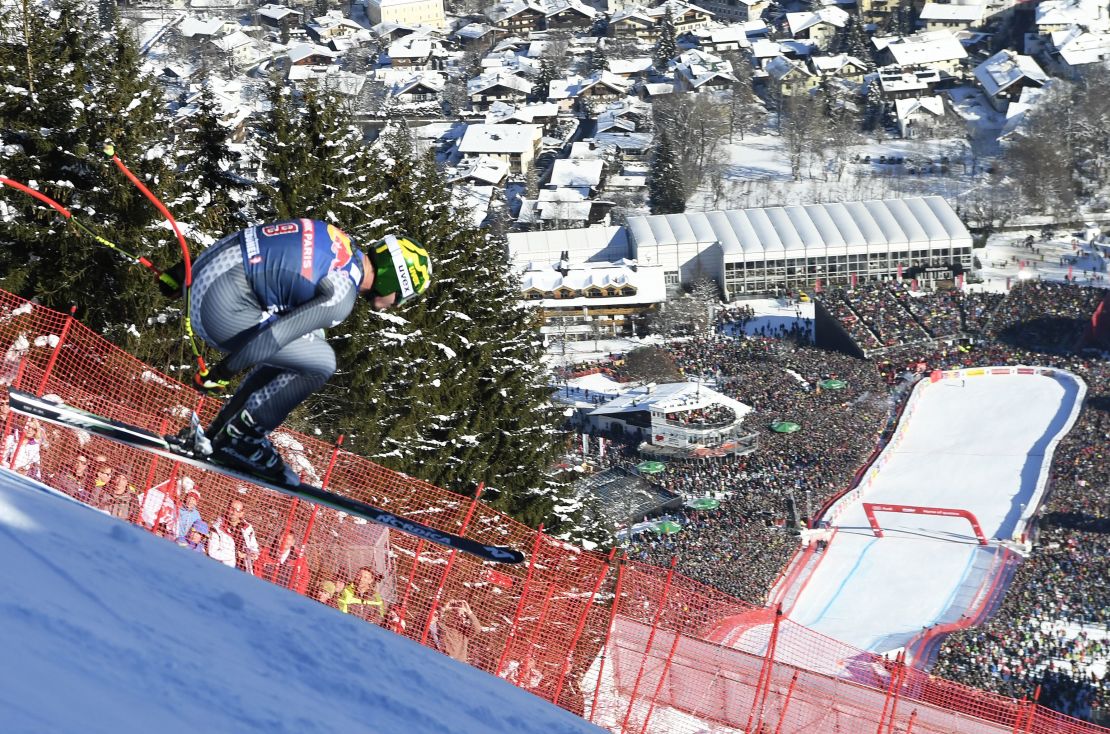
Best hotels, best restaurants
The beating, upmarket heart of Kitzbuhel is the glitzy, pedestrianized Vorderstadt in the center of town. The ancient inns have been converted into four and five-star hotels, jostling for space with designer boutiques and expensive cafes and eateries.
The Grand Tirolia Kitzbuhel, the Tennerhof Gourmet & Spa de Charme Hotel and the A-Rosa Kitzbuhel, set on a golf course just outside town, are among the best luxury lodgings.
The Hotel Tiefenbrunner and Hotel Zur Tenne are other cosy, traditional choices right in the center, while there are a wealth of affordable B&Bs, known as “Pensions”.
For fine dining, 1st Lobster, the Tennerhof, the Hotel Zur Tenne restaurant and Asian fusion joint Lois Stern get rave reviews, while for a taste of the Tyrol, Huberbrau Stuberl offers authentic dishes of schnitzel, goulash and dumplings in an atmospheric setting.
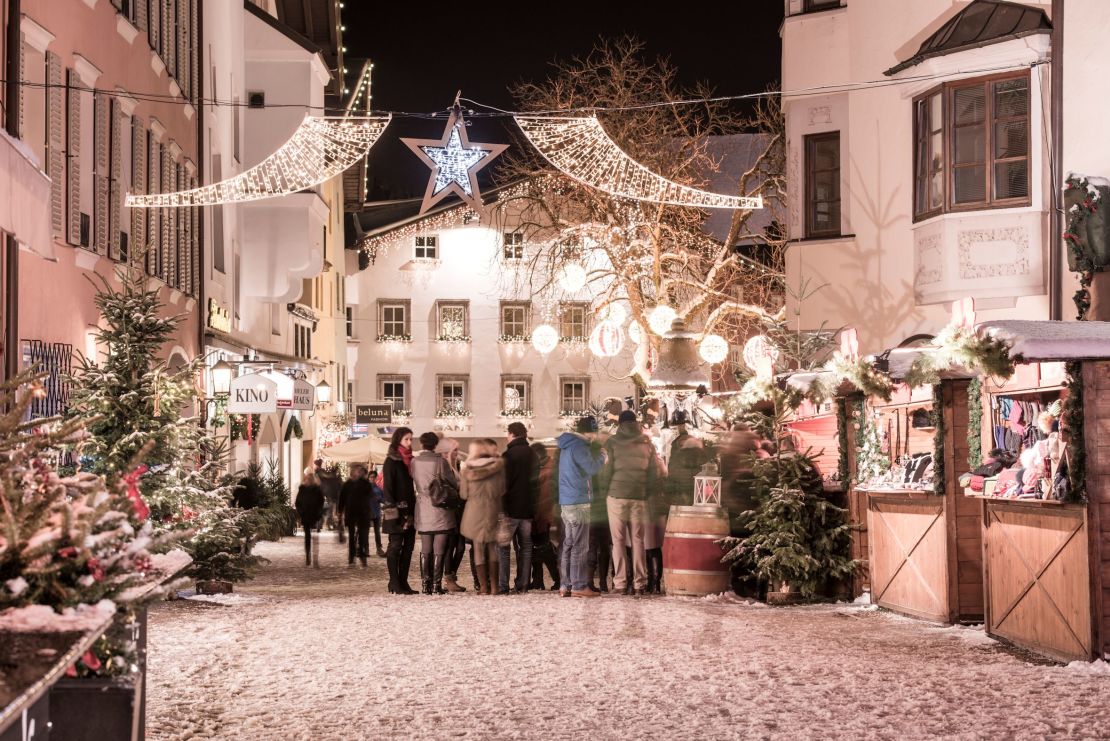
On the mountain, there are more than 50 traditional ski huts providing comfortable pit-stops for skiers in need of refreshment.
The rustic but revamped Seidlalm, on the lower slopes of the Hahnenkamm, offers a fresh new take on Austrian hospitality and is where local hero Toni Sailer, who won three gold medals at the 1956 Winter Olympics, devised skiing’s World Cup circuit in 1966.
The Berghaus Tirol higher up on the Hahnenkamm and the Toni Alm at Pass Thurn are other cosy spots, while the Panorama Alm at Jochburg offers spectacular views over the valley.
The Restaurant Hochkitzbühel at the top of the Hahnenkamm cable car is an upmarket eatery which is open until 11 p.m. every Friday night for dinner on the mountain. A little way out of town is the romantic setting of Rosi’s Sonnbergstuben, renowned for good food and its singing host.
This being Austria, the bar scene is buzzing. The Streifalm at the bottom of the Hahnenkamm is often the first stop, with men dancing in traditional Lederhosen to start the party.
The Londoner, established in 1976, is an English pub and an Alpine institution on most bucket lists for lashings of beer in a noisy, boisterous environment with live music and DJs.
After the Hahnenkamm downhill you’re likely to see a number of the racers here. Some might even get behind the bar to help serve industrial quantities of beer, a tradition started by the Austrian, Canadian and US ski teams in the late 70s. Klammer was one of the originators, while five-time Hahnenkamm champion Didier Cuche has long been a fixture.
The Stamperl, on the opposite side of the street, offers a more Austrian take on the same theme.
For a dose of disco, Club Take 5 is the place to be seen into the small hours.
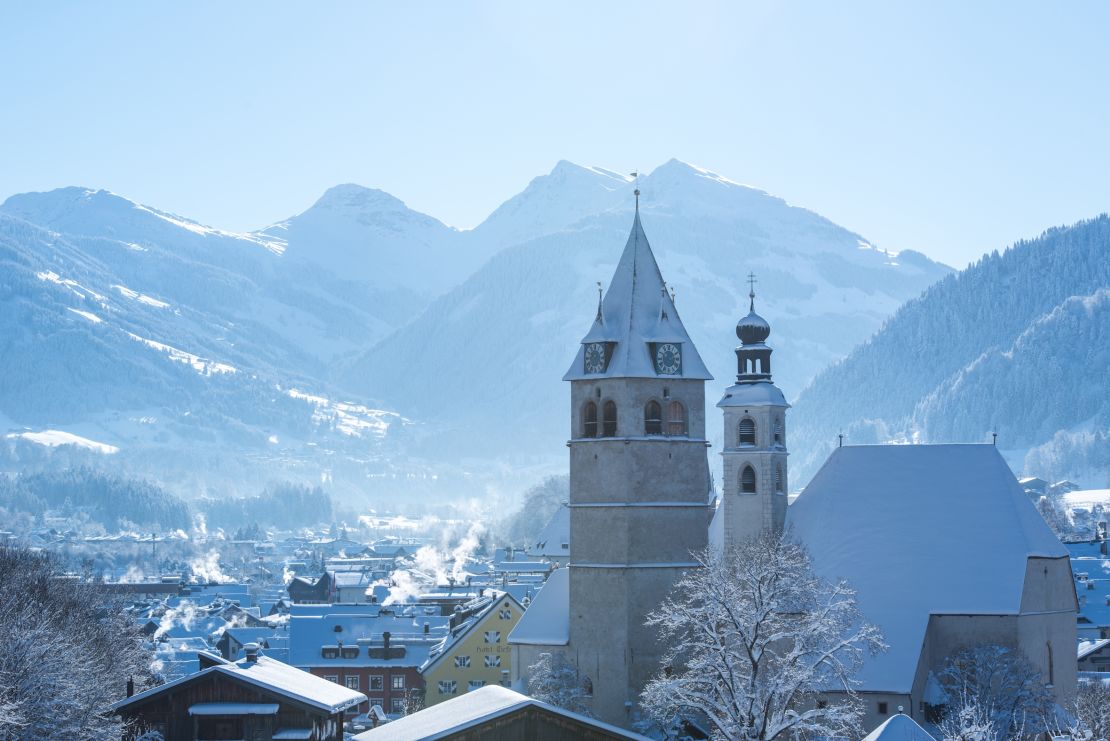
What else?:
Kitzbuhel is packed with a wealth of off-slope activities including an ice rink, Aquarena wellness center with indoor swimming pool and toboggan run.
If it’s all about the skiing, the slopes above Kirchberg are open for floodlit night skiing every Thursday and Friday.
Kitz also houses a fascinating museum charting its heritage as a mining center, through the early days of skiing and tourism and the exploits of homegrown skiing talent such as Sailer. There is also an art gallery showcasing the works of landscape painter Alfons Walde.
In summer, Kitzbuhel comes alive with concerts, hiking, golf and tennis, including the ATP’s Tour’s Austrian Open.
Getting there:
The nearest international airport to Kitzbuhel is Innsbruck about 60 miles or one hour’s drive away. Munich airport in Germany is just over 100 miles away.
Kitzbuhel has its own railway station with all express services stopping here.















